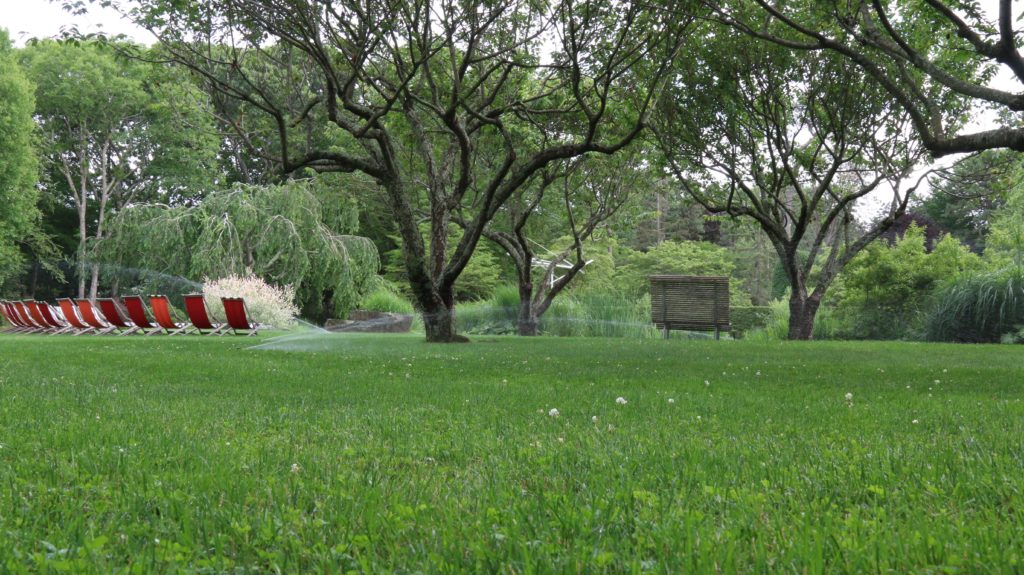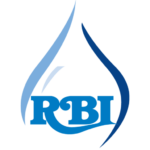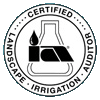7 Myths About Irrigation
7 Myths About Irrigation – Published in Dan’s Papers online on September 24, 2021
By Robert Boyle, President of RB Irrigation and the Irrigation Association of NY

There are many myths and misconceptions about irrigation and watering. Your irrigation system has an important job to do to keep your property healthy and beautiful. We are going to debunk some of the myths that have been floating around for years.
Myth #1 Don’t water your plants on a hot sunny day
This is a common misconception that the plants leaves will burn from water droplets. It often rains on a hot summer day and the plants are just fine. Many times, it is necessary to water plants and flowers during the day because it is hot, and they are thirsty. The watering needs of different types of plants taking into consideration their location, need to be met.
Myth #2 A wilting plant needs to be watered
Wilting does not necessarily mean a plant needs water. It depends on the type of plant. It may be that the leaves are not getting enough water, but the soil may not be dry. Hydrangeas are a perfect example of a plant that wilts from excessive heat. The large leaves often wilt in daytime heat but recover at night when the temperatures cool. If a hydrangea is still wilted first thing in the morning, then it most likely is dry soil. Avoid overwatering because you could end up drowning your roots and worsening the problem. It is advisable to have your soil checked.
Myth #3 Your plants can be trained
Treat your plants well, and they will thrive. Plant them in conditions that make sense for them, and they will adapt to the watering schedule. If you provide additional water at another time for example in extremely hot weather, you are training your plant to want and need the water. Then if the plant does not get that water it may suffer. Some plants are hardier than others. Find the best placement for each plant, and care for your plants based on their unique characteristics and their needs. Water plants on needs, based on the type of plants. time of year, and the type of soil.
Myth #4 Drought tolerant plants don’t need water
No plant can live without water. Drought tolerant plants might imply they don’t need water by their classification however they still require water, care and attention. If you are planning to add drought-tolerant species to your garden, it is a good idea to do some thorough research on their needs. Do not plant them next to water thirsty plants. Remember that new plants even if drought tolerant need regular watering after planting to establish proper root growth.
Myth #5 Irrigation systems use less water
In fact, irrigation systems use more water. But here on Long Island water comes from multiple aquifers, underground. Rain provides 4 times the amount needed to fill up our aquifers. So, any excess water that goes into the ground goes out to the sound or the ocean. It is important that your irrigation system is functioning efficiently and not spraying hardscapes or pavement, as that would be wasting water.
Myth #6 Yellow plant leaves mean the plant is dry
Leaves on plants can turn yellow for several reasons. The plant can be underwatered or overwatered. It may be stressed from prolonged cool temperatures. Yellow leaves may appear when the plant receives too little sunlight, and with partial shade varieties or too much sunlight. Yellow leaves can also indicate a lack of essential nutrients in the soil.
Another time plants-shrubs in particular have yellow leaves when they are pushing new growth. They will pull nutrients from their inner leaves to supply nutrients to the outer/new leaves. If you see yellow inner leaves, look to see if the plants is pushing new growth at the tips.
Myth #7 Brown spots on lawn mean dry spots
Realistically brown spots can be caused by lack of water or sun. But brown spots can be caused by a fungus. Lawn fungus can be due to excessive irrigation, rainfall, and humidity. You should always check with your professional irrigator or landscaper to determine the cause and fix the problem. If you have a dog, it’s urine can be the culprit. Depending on the cause and damage It may be necessary to wait for the next active growing season for the problem to resolve.







